2019-04-09 17:46
Yang Ming Reports Financial Results for 2018

Yang Ming Marine Transport Corporation (Yang Ming) held its 336th Board Meeting on 25th March to approve its 2018 annual financial report. The consolidated revenues of 2018 totaled NTD 141.83 billion (USD 4.70 billion), up 8.21 % compared with NTD 131.08 billion (USD 4.35 billion) in revenue from previous year.
The company’s net loss, after tax, was NTD 6.59 billion (USD 218.5 million), EPS NTD -2.53. Volumes in 2018 increased to 5,232 thousand TEUs, up 11% year over year. Yang Ming’s 2018 operating results have been significantly impacted by higher global bunker fuel prices, which increased by 31.17% compared with the previous year.
Despite the 11% volume growth due to strategies implemented in 2018, Yang Ming’s operating margins were eroded by higher bunker costs. Based on market data collected by Alphaliner showing weak demand growth at 4.8% and an excess supply growth at 5.7% in 2018, freight rates struggled to rise to levels that could set off against the higher bunker costs.
Moving into 2019, unsettling geopolitical risk factors, including the ongoing U.S.-China trade war and Brexit, continue to impact bunker fuel prices and conditions in global trade.
In addition, the International Maritime Organization (IMO) 2020 Low Sulphur regulations, which are scheduled for implementation on 1st January 2020, will inevitably increase operating costs, as global carriers decide between installing scrubbers on vessels or using more costly low-sulfur fuel in order to be in compliance.
Based on the latest forecast from Alphaliner, the supply growth rate in 2019 is projected at 3.1% while the demand rate will grow at around 3.6%. Therefore, the trend in global shipping is moving towards a more balanced level of supply and demand.
Driven by the IMO 2020 Low Sulphur regulations, the world’s fleet may also see a greater number of older inefficient vessels scrapped in the near term, which would add complexity and challenges to the shipping market.
< Korea Shipping Gazette >
많이 본 기사
- 송년특집 기획/ ‘홍해사태 매직’ 해운물류시장 깜짝호황 재연송년특집 / [2024년 10대 뉴스] 10 ‘글로벌 물류공룡 탄생’ 덴마크 D...송년특집 / [2024년 10대 뉴스] 09 美 동안항만 47년 만에 파업…해운시...부산·광양항 해양산업클러스터 입주업종 확대·인센티브 강화“1.4만TEU급 신조 컨선 도입으로 한국화주 선복지원 박차”송년특집 / [2024년 10대 뉴스] 07 ‘해운 3척·조선 4척’ 우리나라,...송년특집 / [2024년 10대 뉴스] 08 대한항공, 4년 만에 아시아나 인수...인사/ 팬오션페어허브물류, 품질·환경·안전 경영 국제표준 인증 획득롯데글로벌로지스, NS홈쇼핑과 ‘약속배송’ 협력
- 송년특집 / [2024년 10대 뉴스] 05 부산항, 완전자동화부두 시대 개막…...송년특집 / [2024년 10대 뉴스] 06 사상최초 해운 노사 단체협약…선원...부산항만공사, 노사 단체협약 체결…21년 연속 무분규 타결범주해운, 사회복지공동모금회에 기부금 기탁여수해양, '선박관리 전문가' 권오주 사장 영입송년특집 / [2024년 10대 뉴스] 03 매각 무산된 HMM, 프리미어얼라이언...송년특집 / [2024년 10대 뉴스] 01 홍해사태가 쏘아올린 호황…희망봉...송년특집 / [2024년 10대 뉴스] 04 “해운사 공동행위는 해운법 규율대...해운조합, 두원상선 <이스턴드림>호 안전관리 우수선박 선정기고/ 민간투자 활성화를 위한 선박투자회사제도 개선 필요성
스케줄 많이 검색한 항구







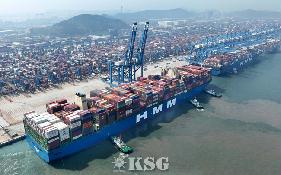
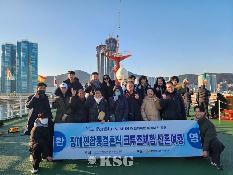

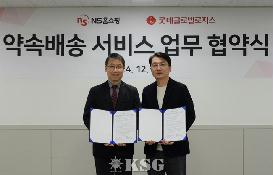

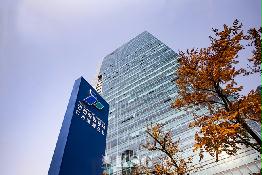
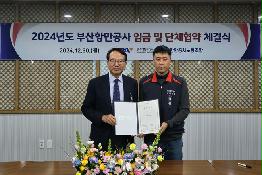

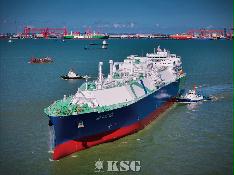
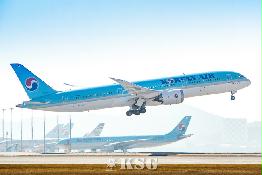


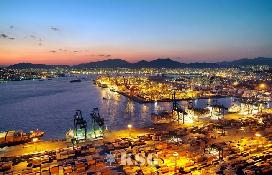



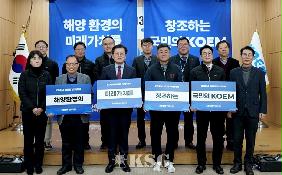
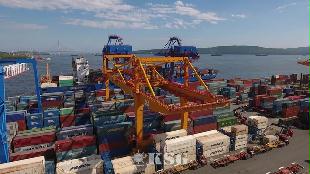
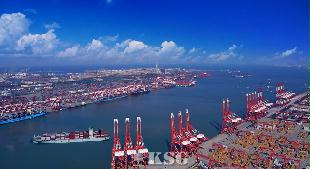
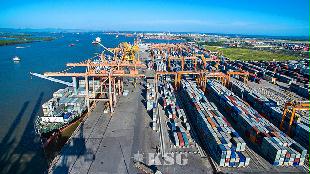
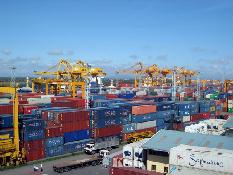






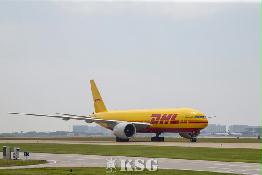
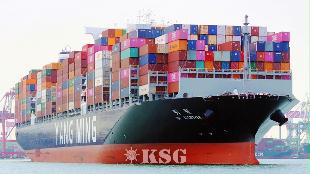
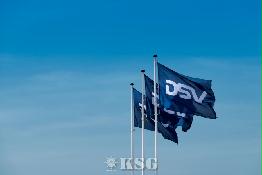
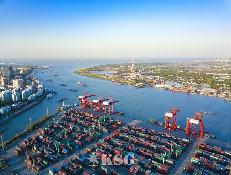






















0/250
확인